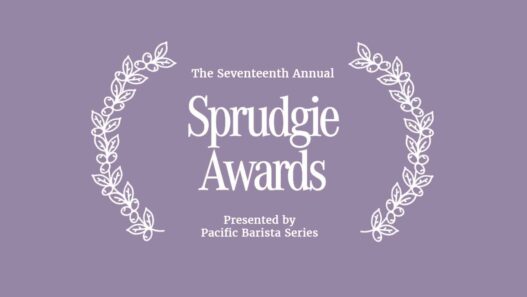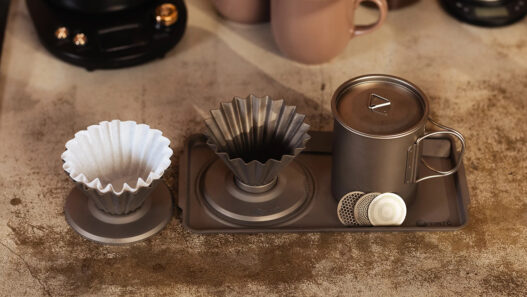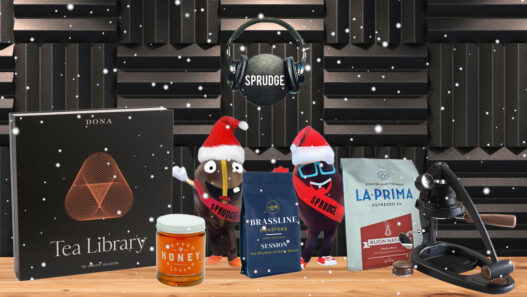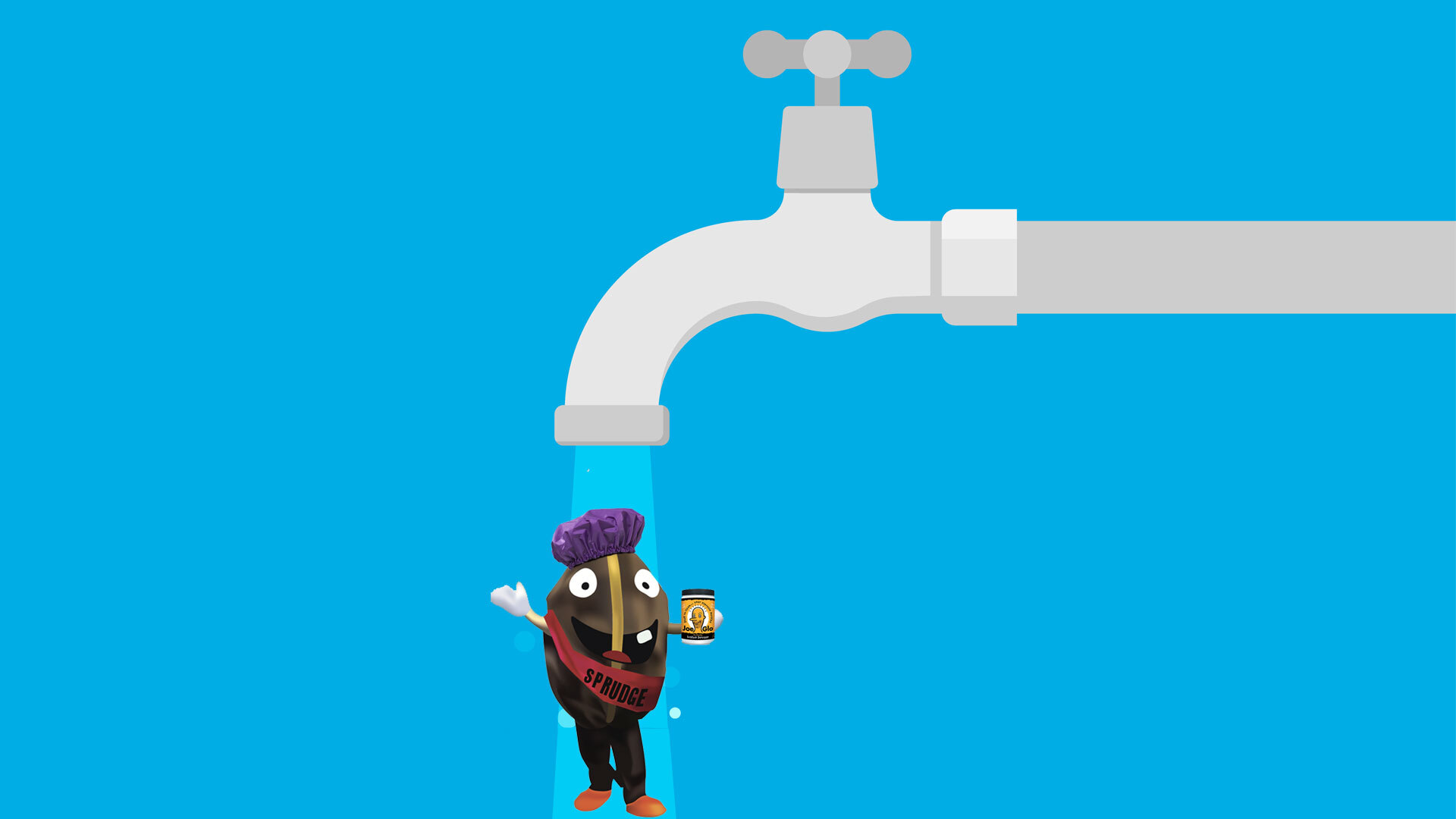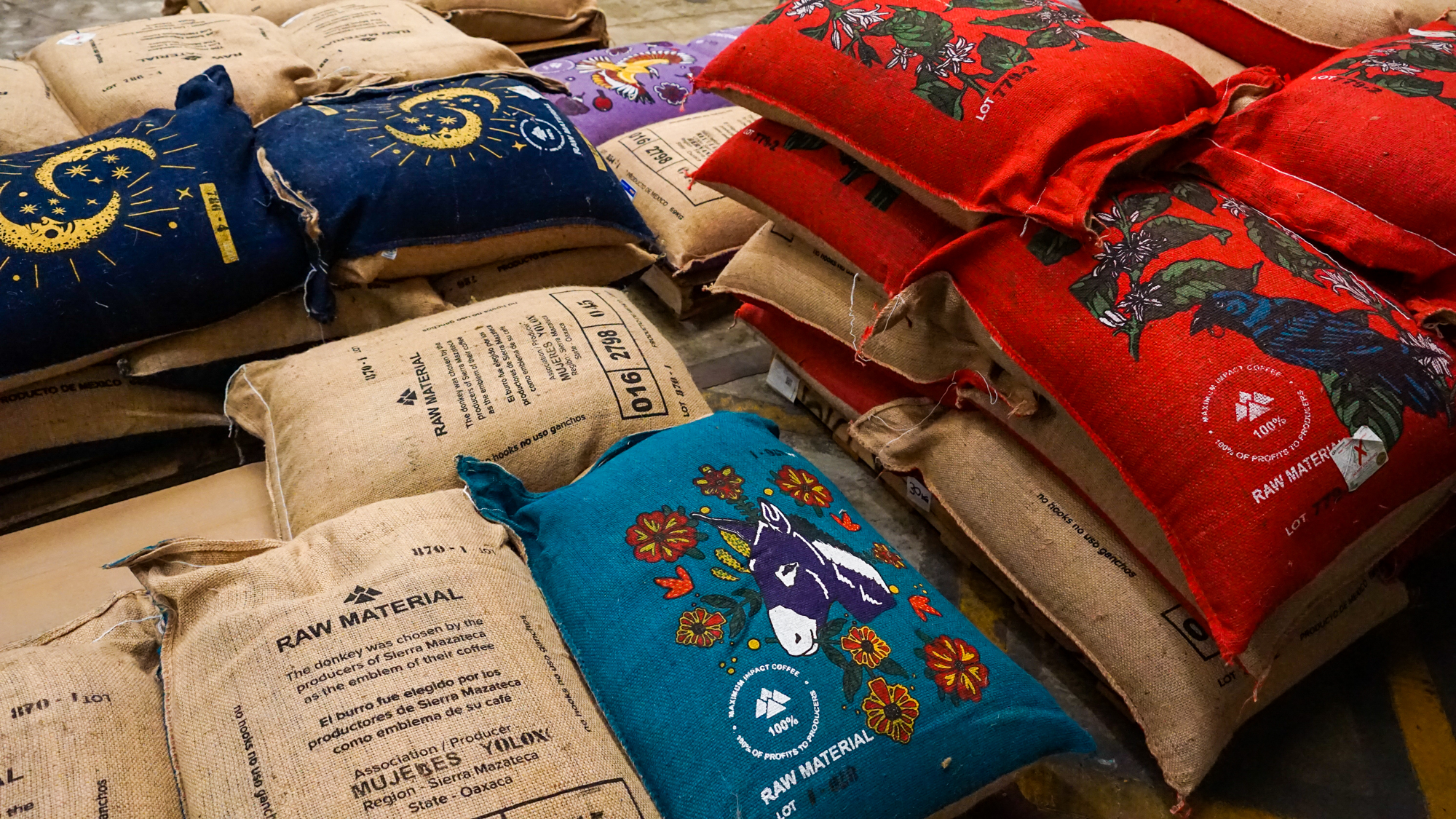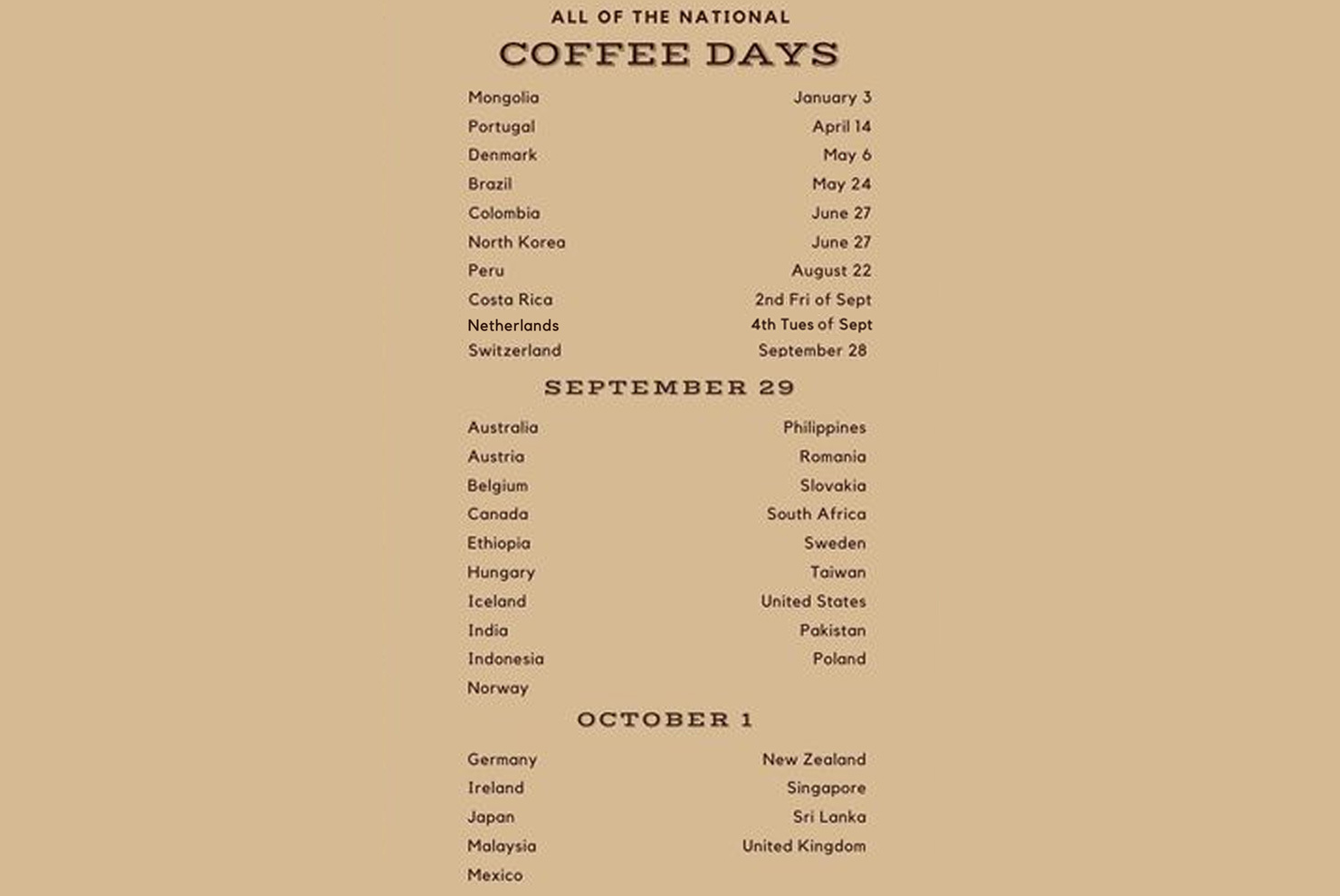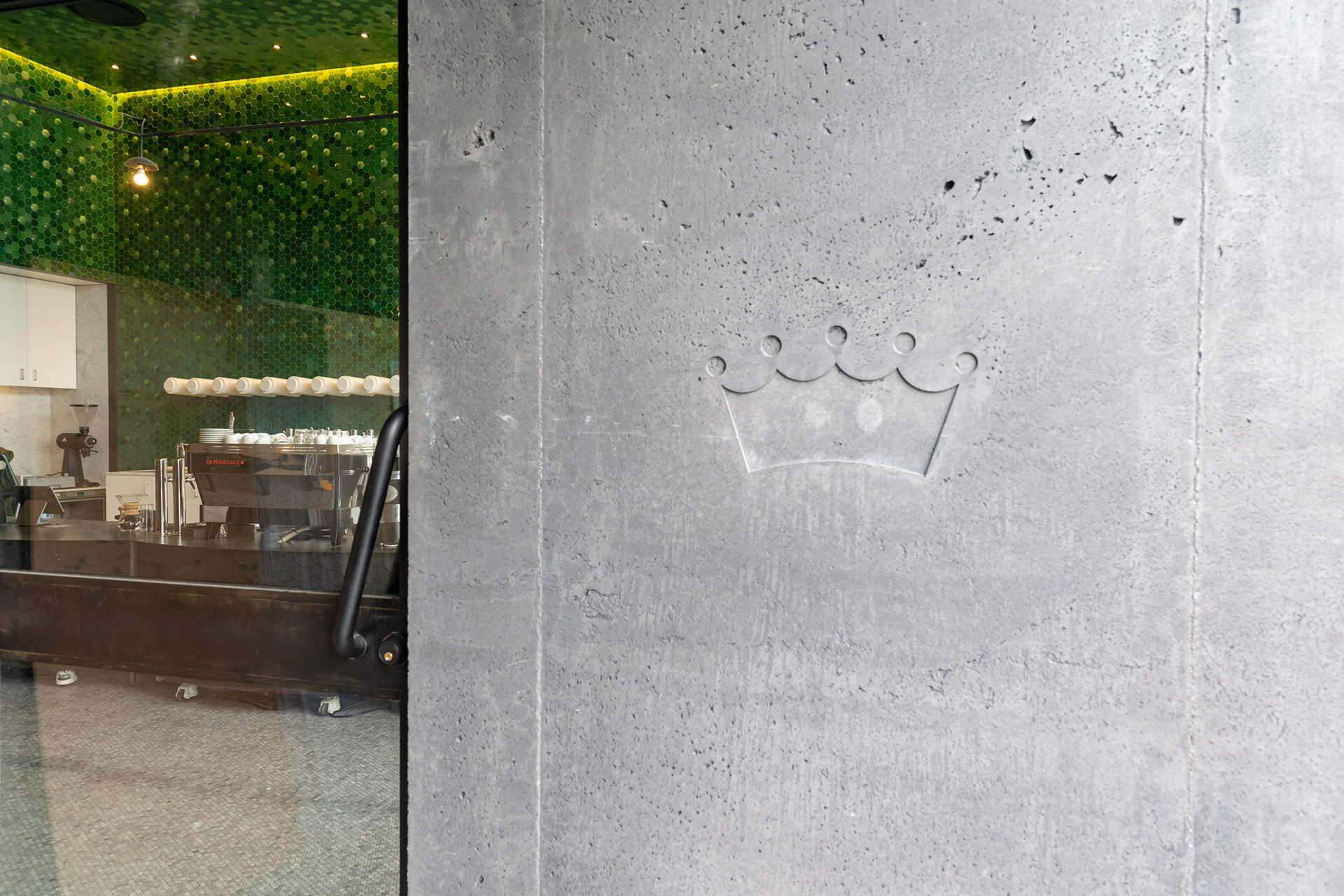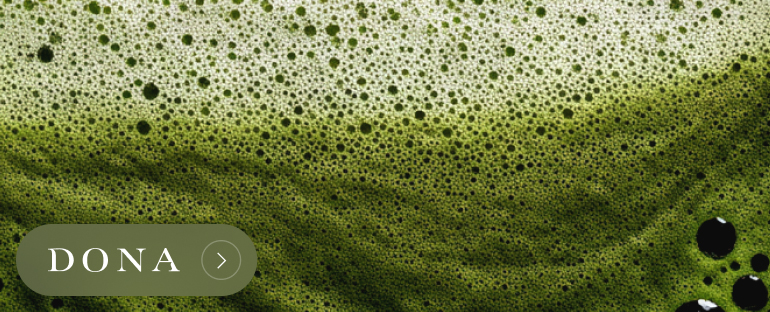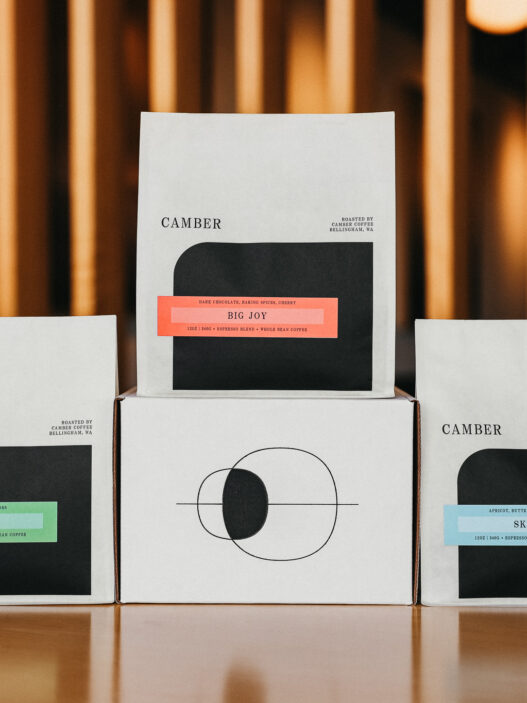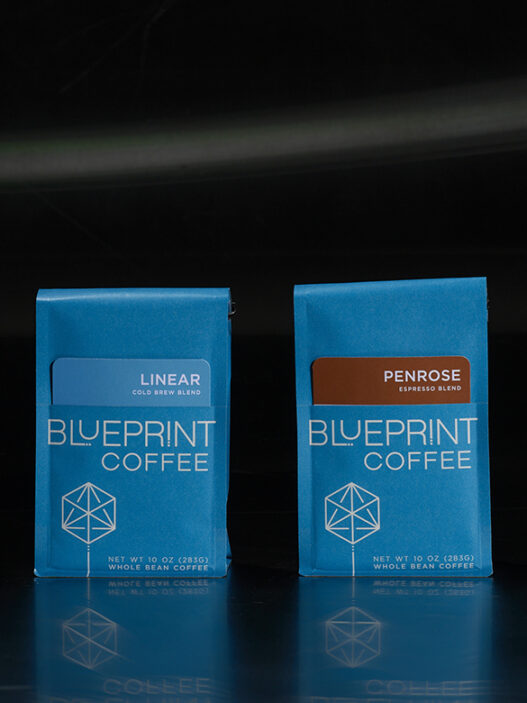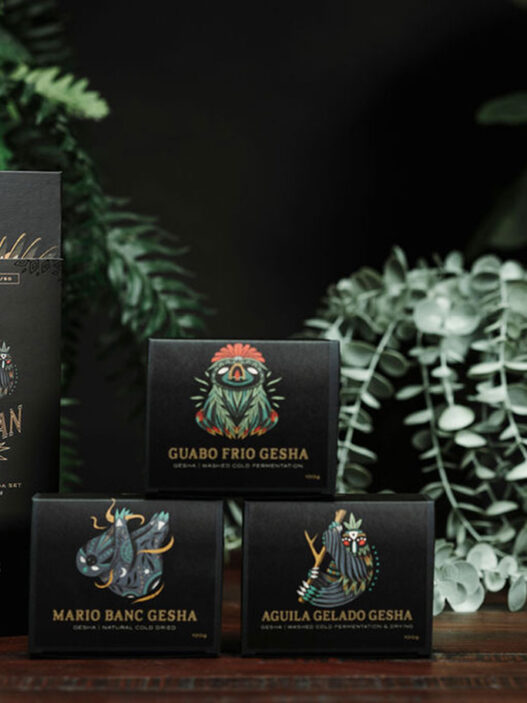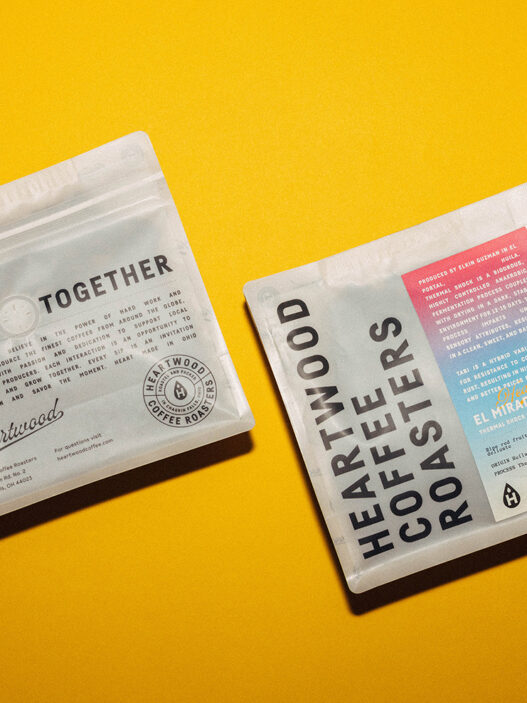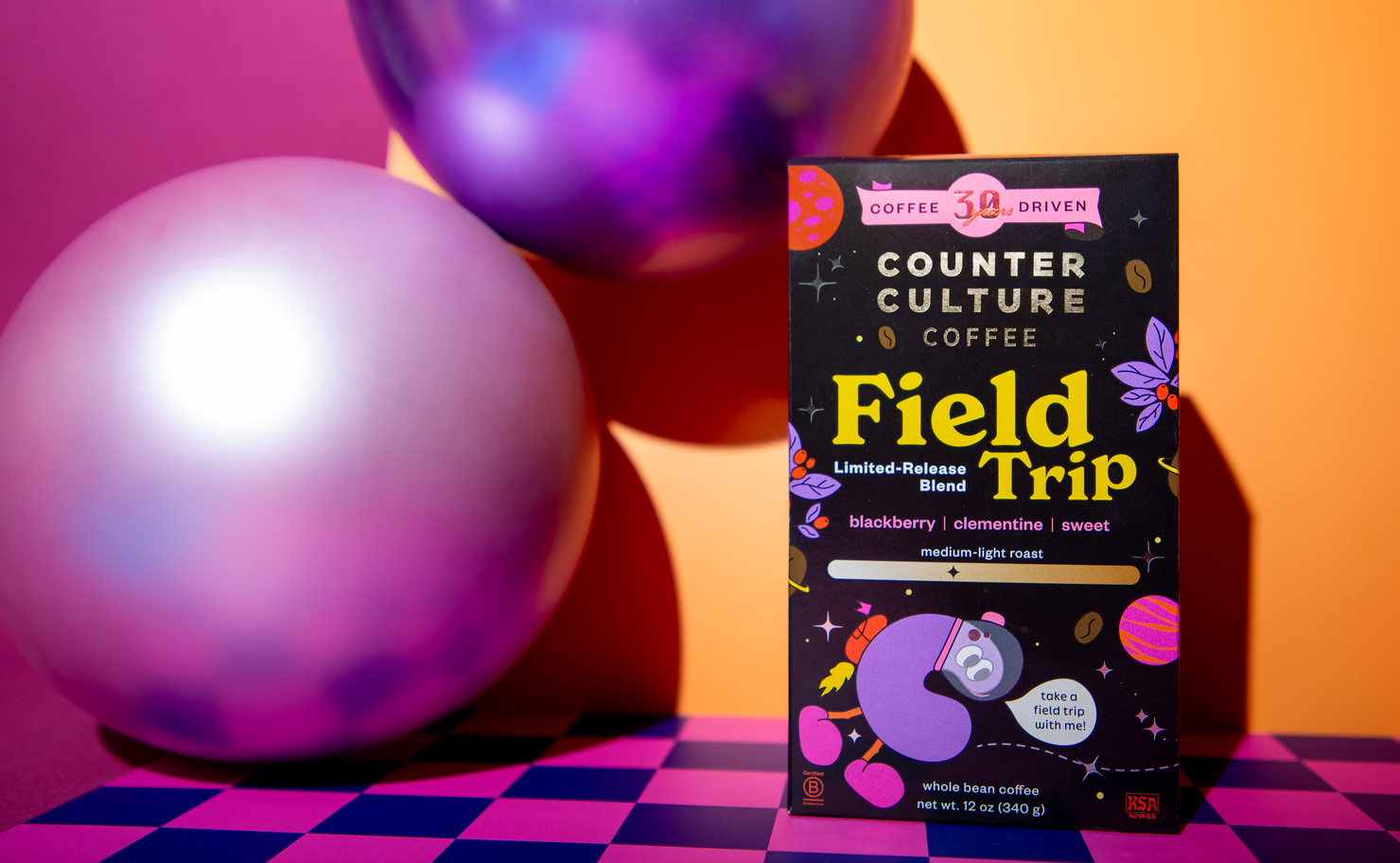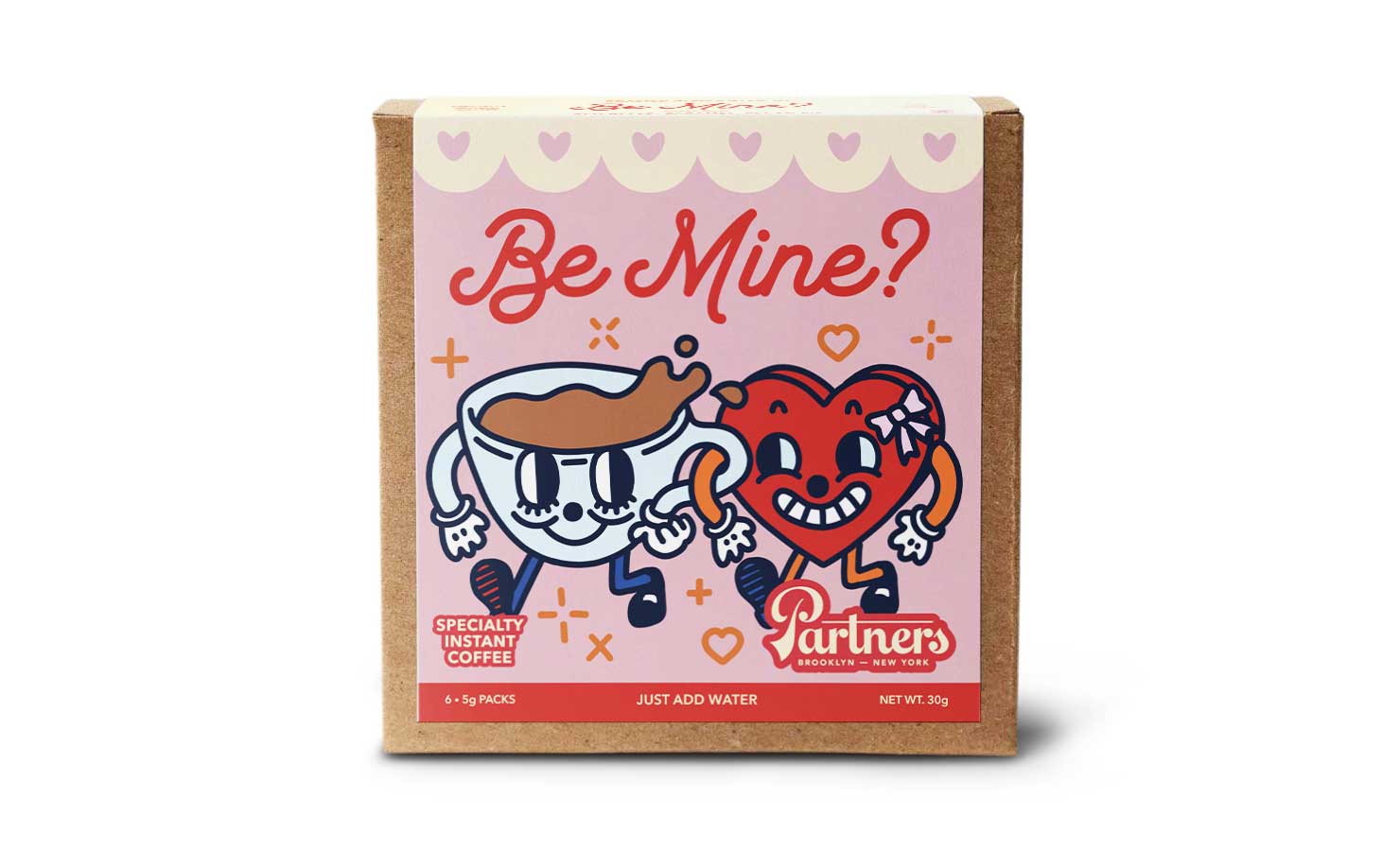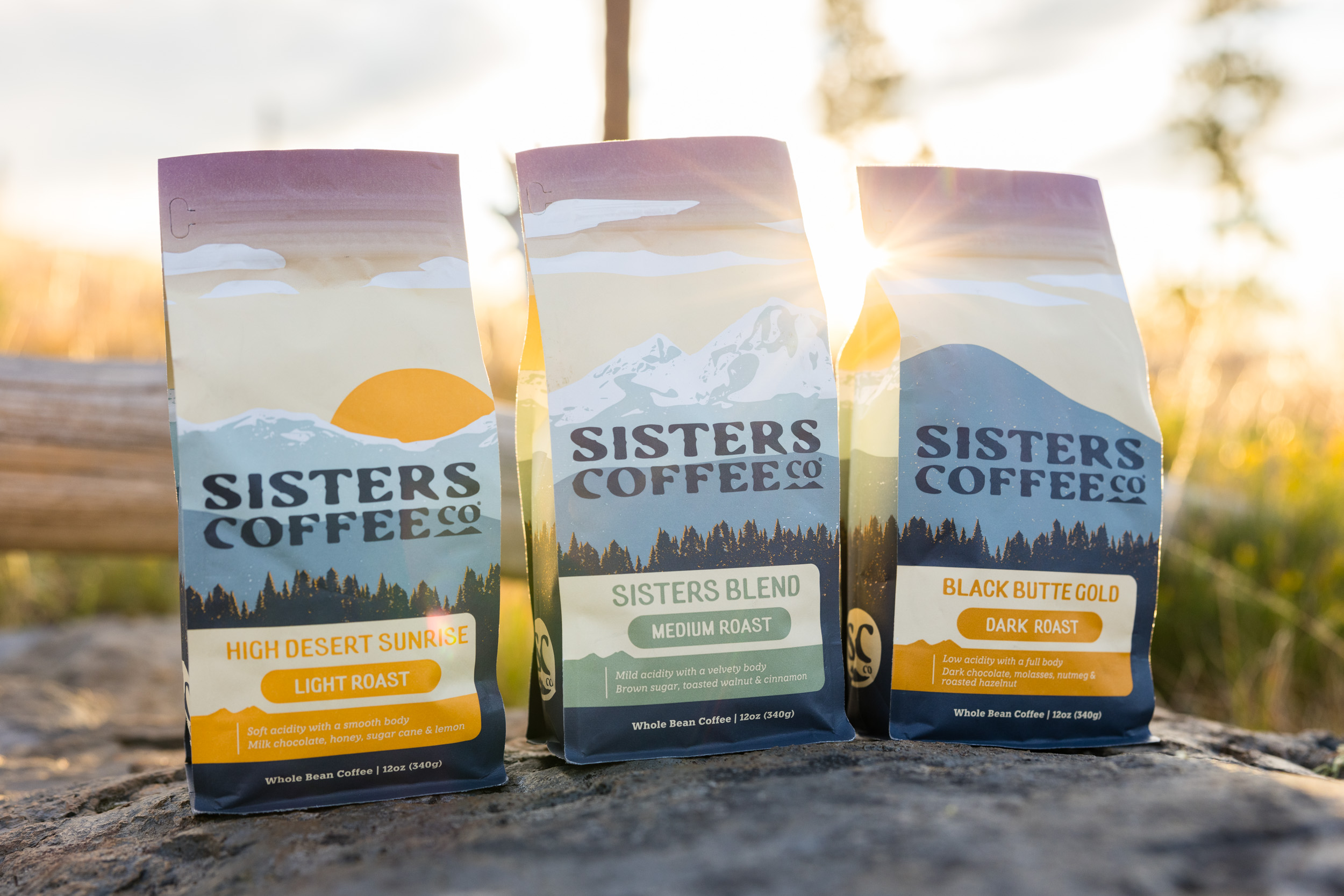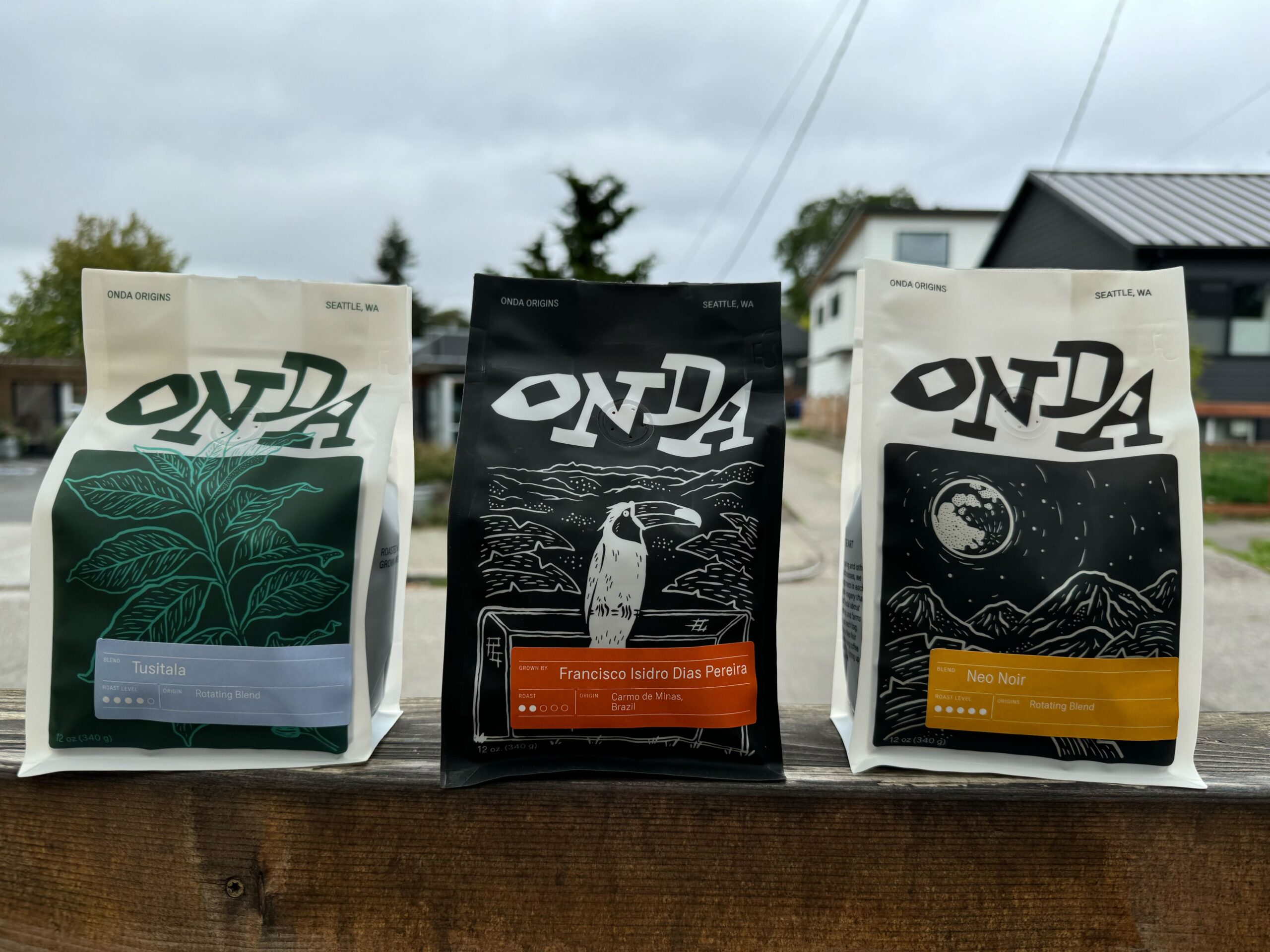This week we’re shining a spotlight on the jute bag. Before coffee is roasted, it’s generally stored and shipped in durable jute sacks. There are other types of storage vessels for green coffee but jute is the most common and has been widely used since the 18th century. For centuries the jute coffee bag has been stamped and labeled for exporting and importing purposes—and will often feature emblems and insignias. Just take a look at some of the vintage coffee jute bags available on Etsy for a historical glimpse at this largely unknown artform.
The folks at Raw Material—a New Zealand-based not-for-profit organization specializing in green coffees from Rwanda, Burundi, Colombia, Timor-Leste, and Mexico—are debuting custom coffee jute bags here in 2021—and based on what we’re seeing come out of the warehouse, these are some of the most colorful and eye-catching jute coffee bags we’ve ever seen. “Our philosophy is in maximizing the returns to producers, who are often left out of everything post the sale of their coffee to market,” says Raw Material Marketing Director Jessie May Peters, “this is from quality control at the point of sale, to marketing of their product. And because of this, we decided to fully rebrand our coffee sacks and coffee sample bags, lead by the choices of the producers themselves.”
Raw Material reached out to their coffee grower partners and collaborated on choosing designs for the coffee sacks. “The emblems were so wide and various,” says Peters, “that we now have 22 different designs worldwide, that the producers have chosen for themselves. These are mostly animals, endemic to the region where the coffee is grown, or with a larger cultural value.” The first batch of bags depict emblems featuring anteater, raven, deer, axolotl, the great kiskadee, donkey, and the moon.
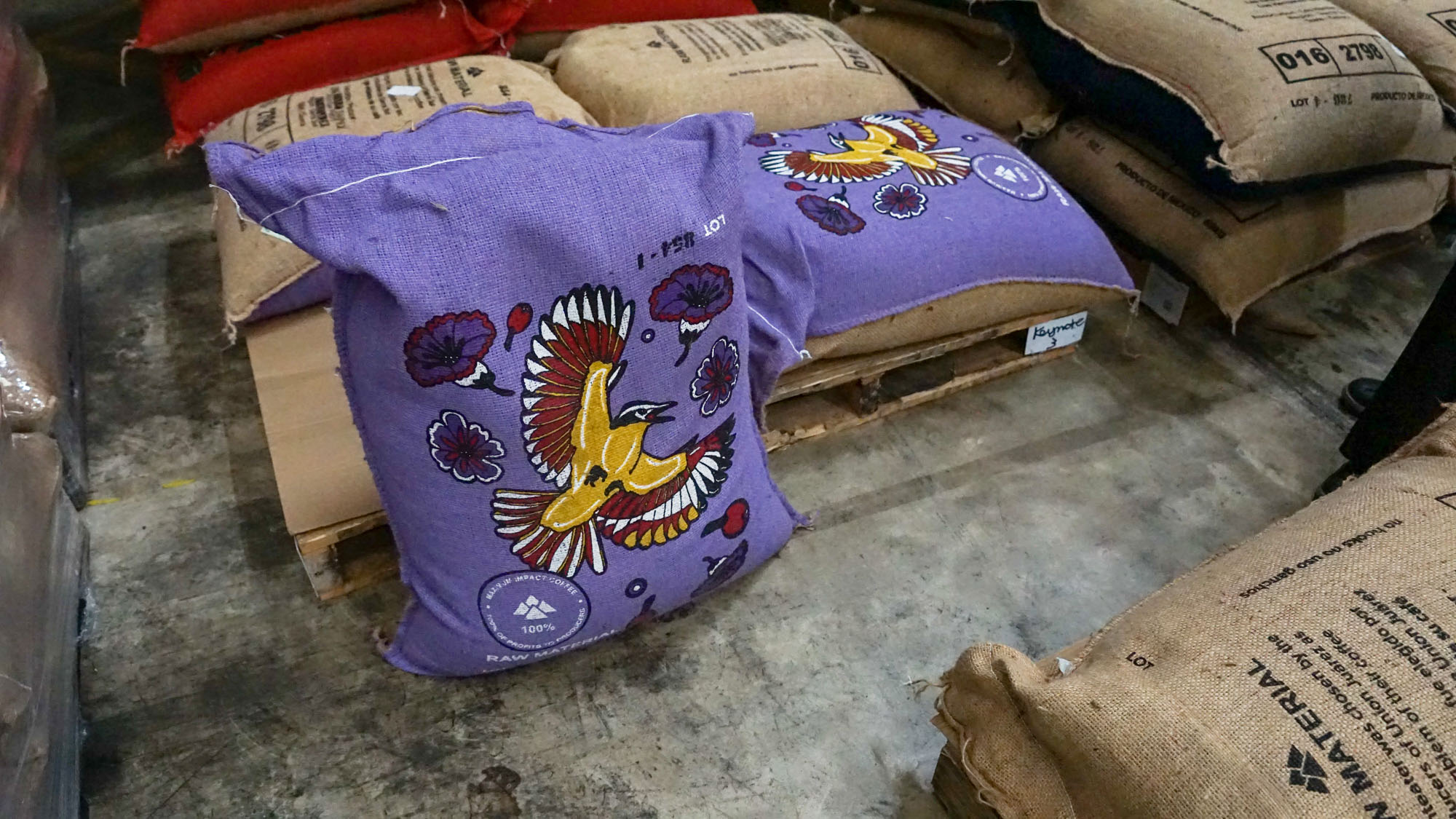
“Raw Material’s focus is on long-term buying relationships,” explains Peters, “which we can extend to the roasters we supply. I’m hopeful that these bags will help bring interest to the producers of Oaxaca and Chiapas, which until now have very little profit stability and specialty market access.”
We spoke with Jessie May Peters digitally to learn more.
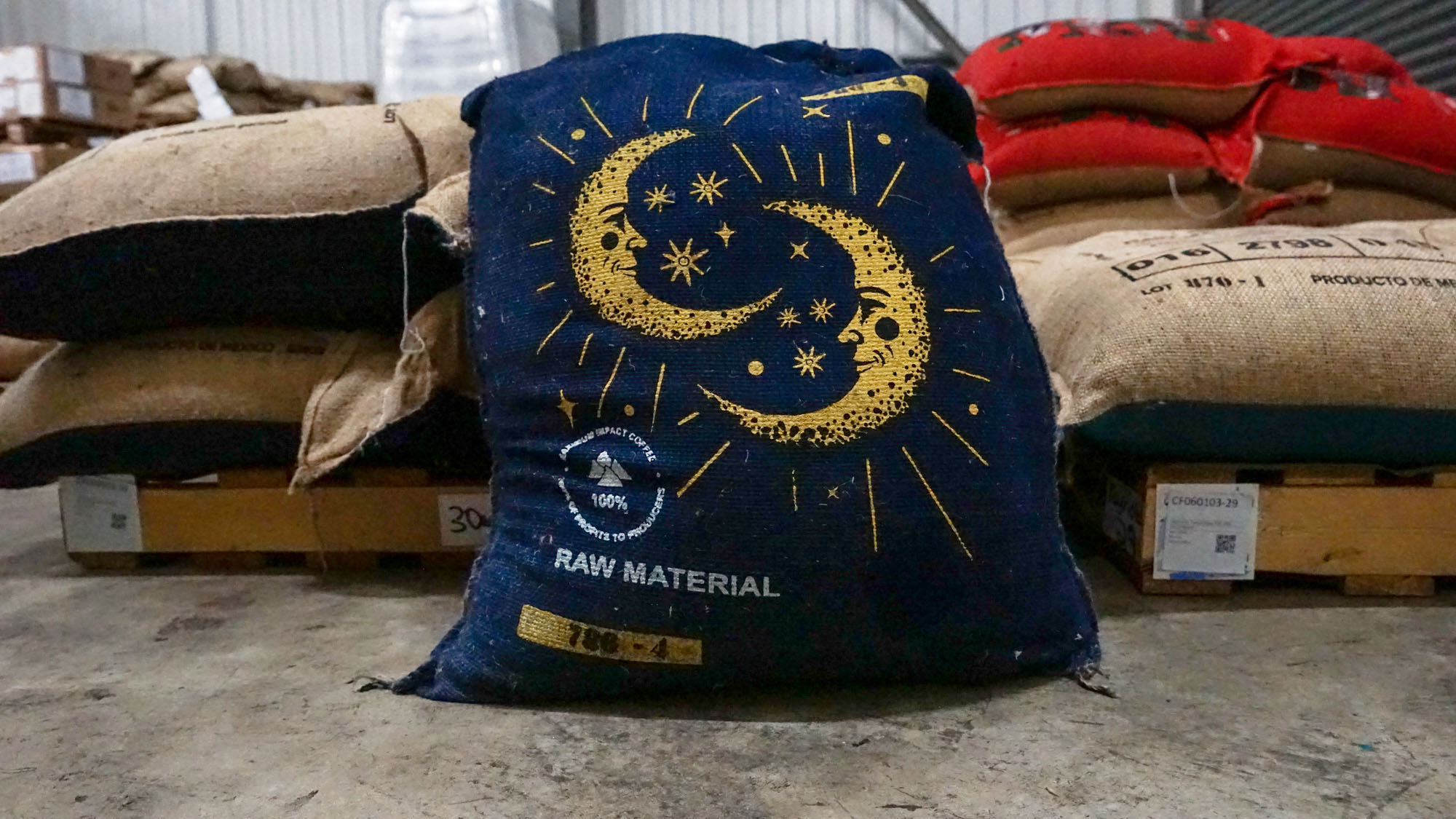
Who designed the emblems found on the bags?
The bag designs were an international team effort. Normally, the branding of a coffee sold is totally out of the hands of the people who grew them. For us, this disconnect felt like another element of the supply chain where a producer is unnecessarily out of the loop. Over the last few years, our work has focussed on returning as much control and possibility to the people who the whole industry depends on. This comes in many forms, such as consistent stable prices above the market rate for coffee, and building infrastructures like cupping labs and wet mills. This year, we wanted to give producers control over how their coffee is branded when it reaches the specialty market, to ensure that their own vision for the coffee they produced stretches from farm to roastery, and perhaps beyond!
Last year across all of the countries we work with, we contacted each producer group to find out which animal they believed best represents their community and region. As expected, the animals that producers chose to represent their coffees were animals we could never have envisaged on our own. It made so much sense for those who live and work surrounded by these animals, to choose the ones that they felt were most symbolic to where the coffee is grown, and to their communities at large. The story of the Great Kiskadee or Chiguiro, which represents the Sierra Sur, is a perfect example of this. The producers chose the Great Kiskadee because it is the first bird that they hear singing in the morning before they begin work at the farm. To be able to know and then tell this story would be impossible had we not included the producers in the design of their own bags. Once all the animals were chosen, Jessie May the Head of Marketing made the final designs. She researched the traditional colour palettes of the cultures of the Zapotec, and Mixtec, which are located in the Oaxacan region where the majority of these coffees are grown.
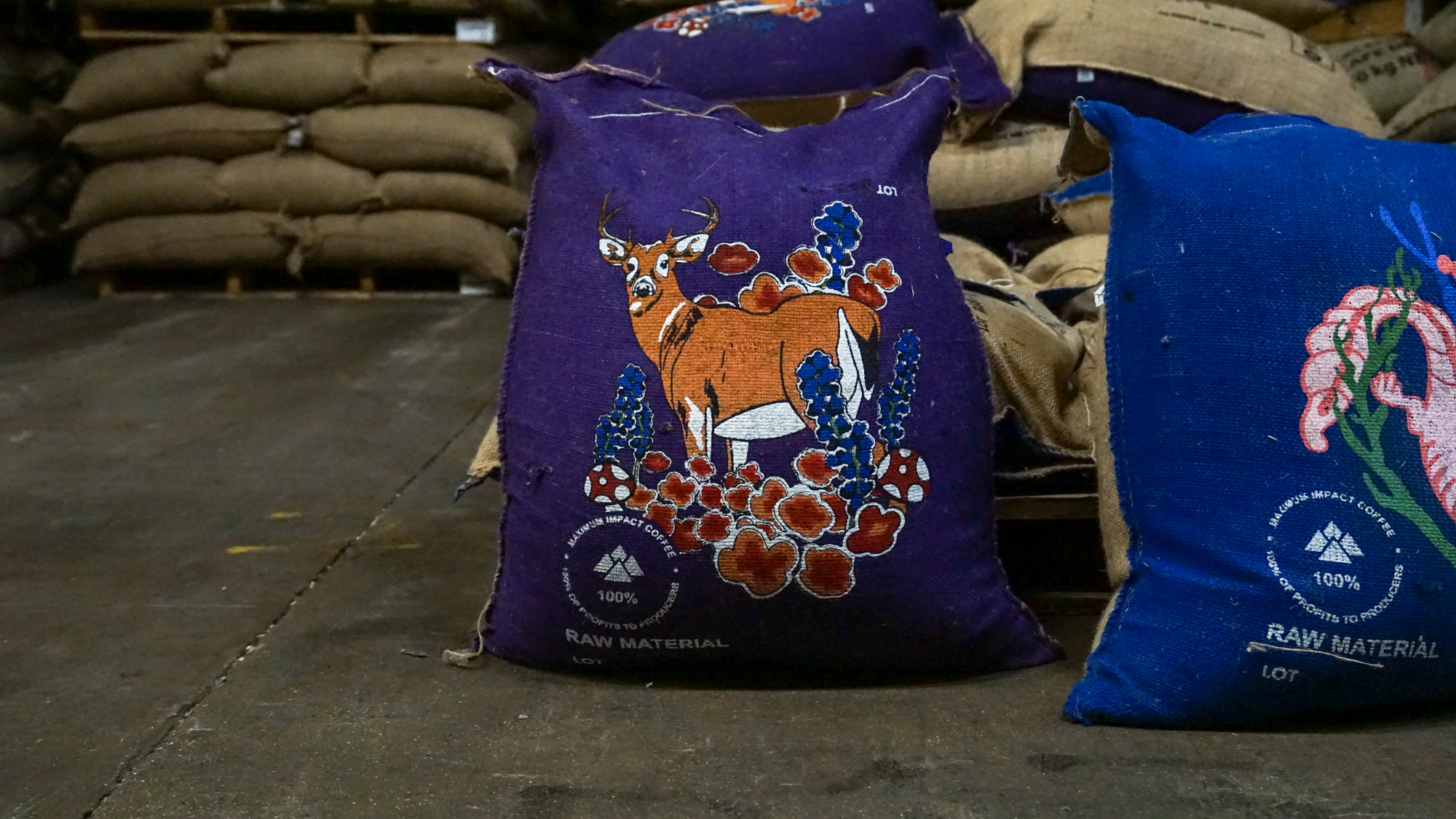
How long does it take to dream up, craft, ship, and receive custom jute bags?
We have been working on this project for over a year, and most of this time was the research and design stages. The first portion was communicating the project with the communities that these coffees represent, which was then relayed to producers to decide on the best emblem for their coffees. Once the animals were chosen, the designs for all seven animals took a few months to complete. Once all the design elements of the bags were inputted and correct for export, we passed these to the printer Saúl and his team. We couldn’t believe the level of detail that they were able to achieve for every bag. We have never seen bags so rich in color! Once the bags were complete, they were passed onto the team at UNTAO who filled and exported the sacks around the world. Having the bags printed in Mexico was a huge reducer of carbon footprint, and it was also fantastic to work with such a talented team so close to where the coffees were grown.
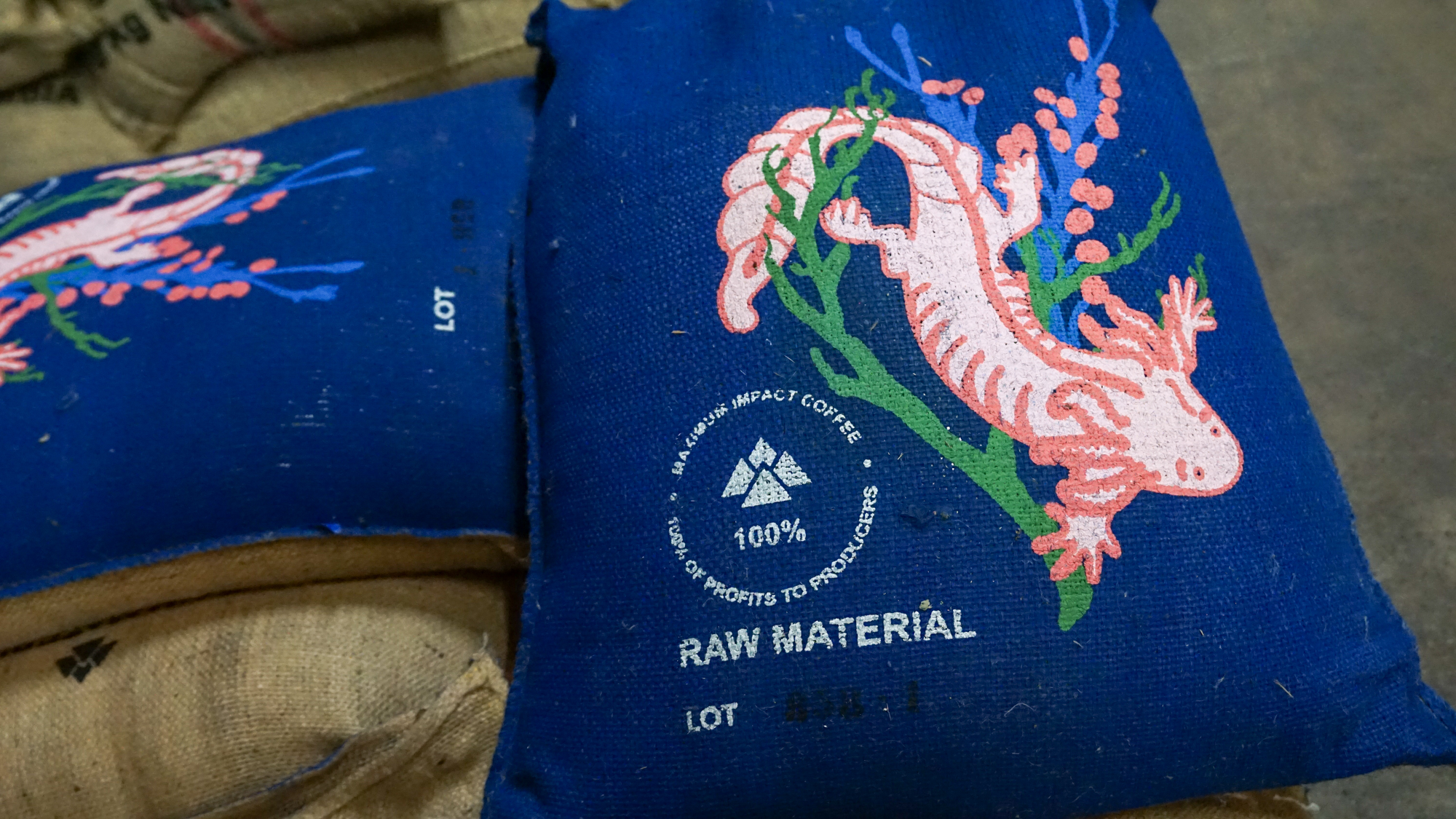
What are some coffees coming soon that y’all are excited about?
We are stoked to taste each and every one of these coffees, as this is only our second harvest of export working with an array of incredibly talented producers! I’m personally really excited for the coffee from Mujeres Yoloxochitlán, an Oaxacan female producer group who we are working with for the first time this year. I also can’t wait for the coffees from Paraje Los Machos, who are heavily focussed as a collective on ways to improve cup quality. They remind us of our relationship with El Carmen, an association we have been working with since 2017 in Huila, Colombia. Our work in Mexico has only just begun, and we can’t wait to see what the next years will bring!
Thank you!
You can read more about Raw Material’s work here.
Coffee Design is presented in partnership with Savor Brands. Explore Coffee Design archives at our exclusive Coffee Design hub.




